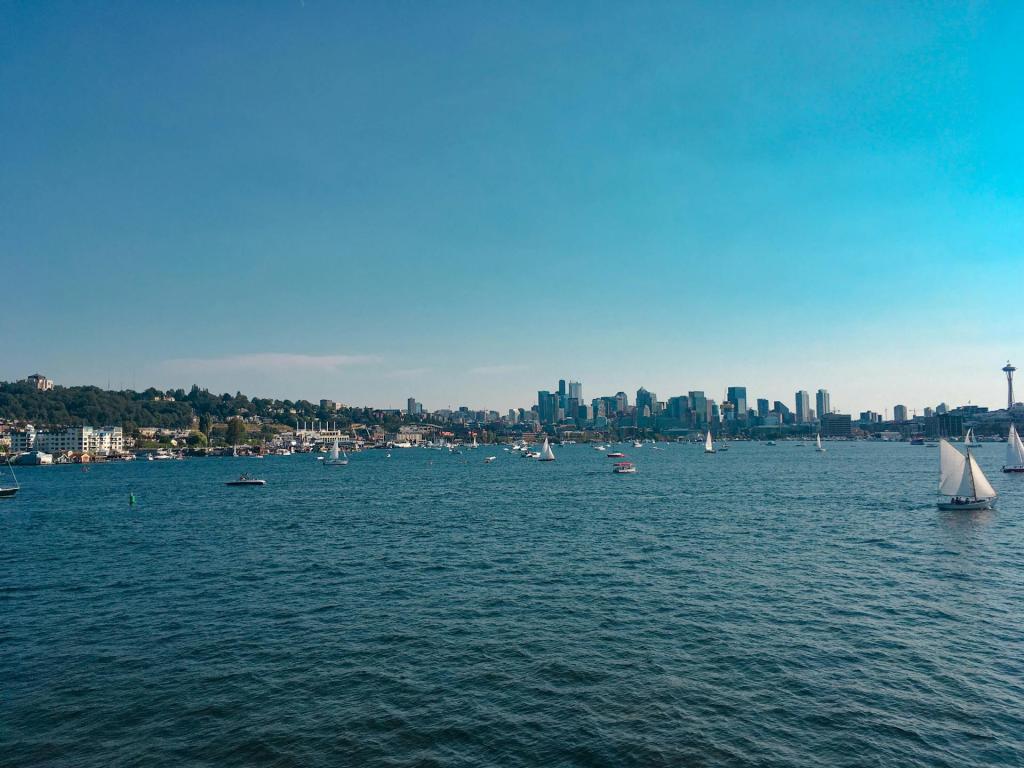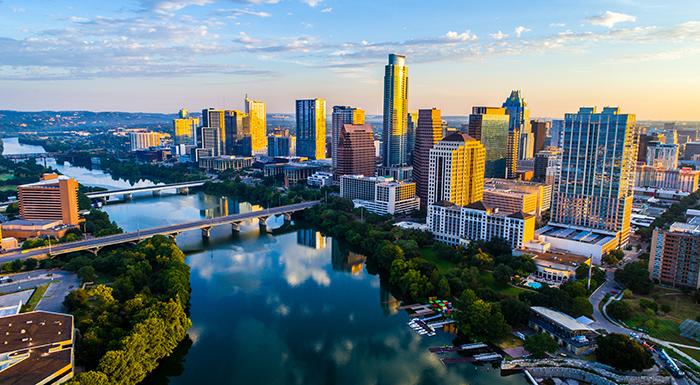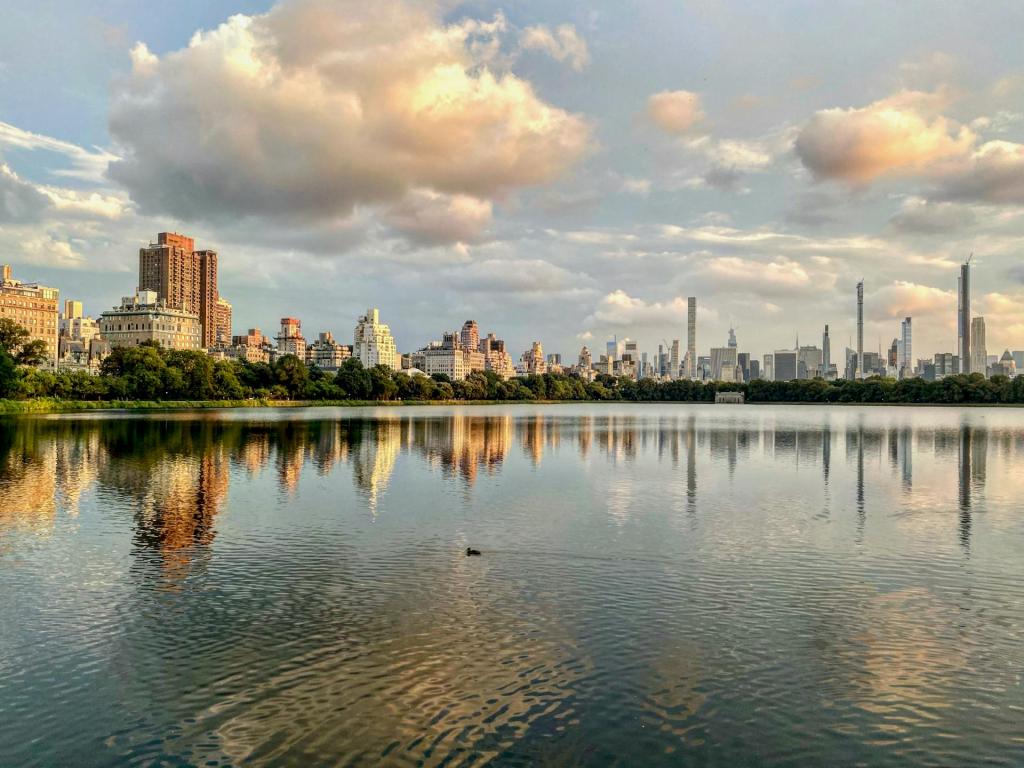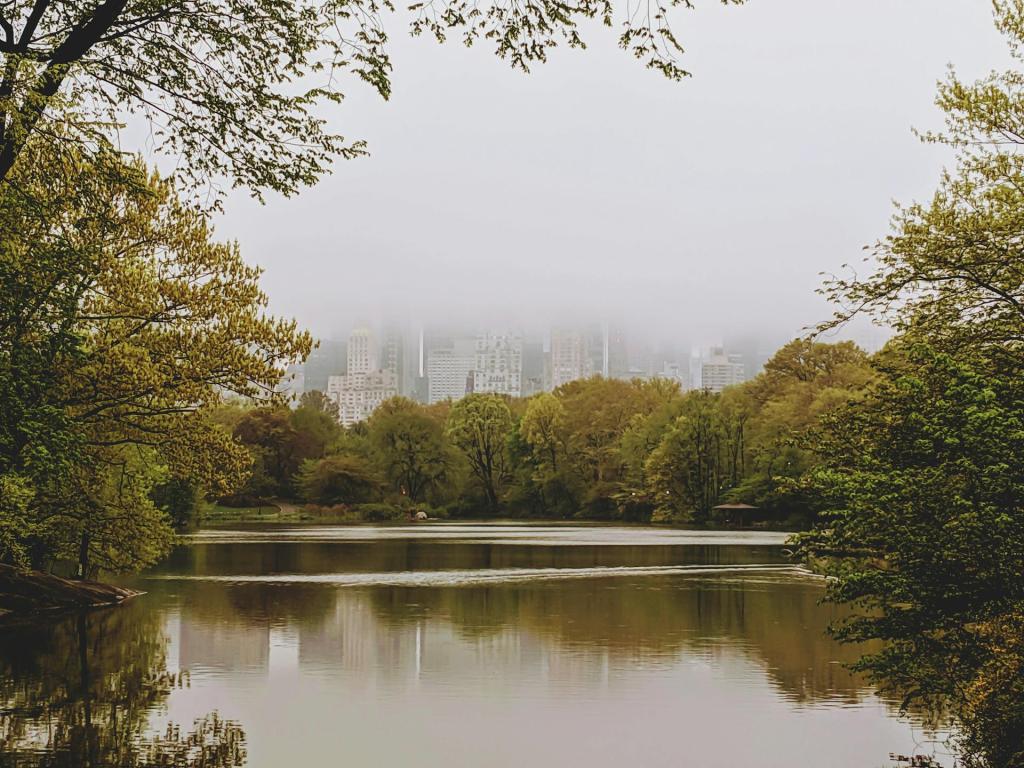
The role that urban lakes play in cities big and small goes beyond adding aesthetic value and a healthy dose of flora to the otherwise sparse urban landscape. From increasing biodiversity to aiding with flood control to providing a space for recreation and community businesses to thrive, lakes can be a vital – and beautiful – part of the urban fabric.
Biodiversity and Flood Control

In addition to offering a welcome retreat from the hustle and bustle of city life, lakes bring biodiversity to the urban ecosystem. The fish and algae that thrive in lakes attract birds and other wildlife to the city area. Waterbirds flock to urban lakes during both breeding and non-breeding seasons, seeking year-round refuge around their waters. Lake wildlife extends out to the benefit of the greater community. The same birds who feed and thrive among the lake waters help to increase the greenery throughout the city by spreading and dropping seeds, out of which new trees and vegetation grow – and we all reap the benefits of their oxygen production and air purification.
Urban lakes and their surrounding wetlands provide not only aesthetic and recreational value but also aid urban infrastructure by helping to control flooding and run-off. Lakes provide a basin to collect heavy rainfall so that flooding in their surrounding areas is mitigated. Alternatively, urban lakes also act as vital water reserves during times of drought. Access to lake water, especially in land-locked areas, has proven very beneficial in metropolitan areas across the country.
Recreation and Business

Urban lakes grant city-dwellers and visitors a place to fish, exercise, and enjoy time outdoors. Often surrounded by parks or lively restaurants and bars, these lakes can make you feel far from city life in the best way possible. Lady Bird Lake in Austin, Texas, is a perfect example of an urban lake that has much to offer to the community. From hiking, biking, kayaking, walking along the boardwalk and even bat watching, Lady Bird Lake is an urban lake that offers myriad activities that one might typically have to drive for miles outside of the city limits to access. Fishing is another activity to take advantage of when visiting an urban lake. Even in some of the most densely populated cities in America, fishing is allowed. Take Prospect Park Lake in New York City, for example – though only catch-and-release is allowed, the lake is home to an array of species, including the popular largemouth bass.
Bodies of water are spaces that people naturally flock to, for the beauty and respite they provide from daily life. This popularity makes urban lakes ideal places for small local businesses to thrive. From lakeside eateries to boat tours and waterski rentals, lakes bring jobs to cities that help the economy and community. Lake Champlain in Vermont, for instance, boasts many lakeside restaurants and bars in the Burlington area that draws visitors from across the region.
An Oasis from City Life

Lakes in densely populated areas provide a welcome retreat from the regular hustle and bustle of city living. Though city-dwellers tend to be exposed to more day-to-day stressors, having access to a body of water is proven to affect mental health positively. Urban lakes serve as a place of respite for city communities, bringing nature, wildlife, and surrounding greenery into what may otherwise be a concrete jungle – they are truly diamonds in the rough!

